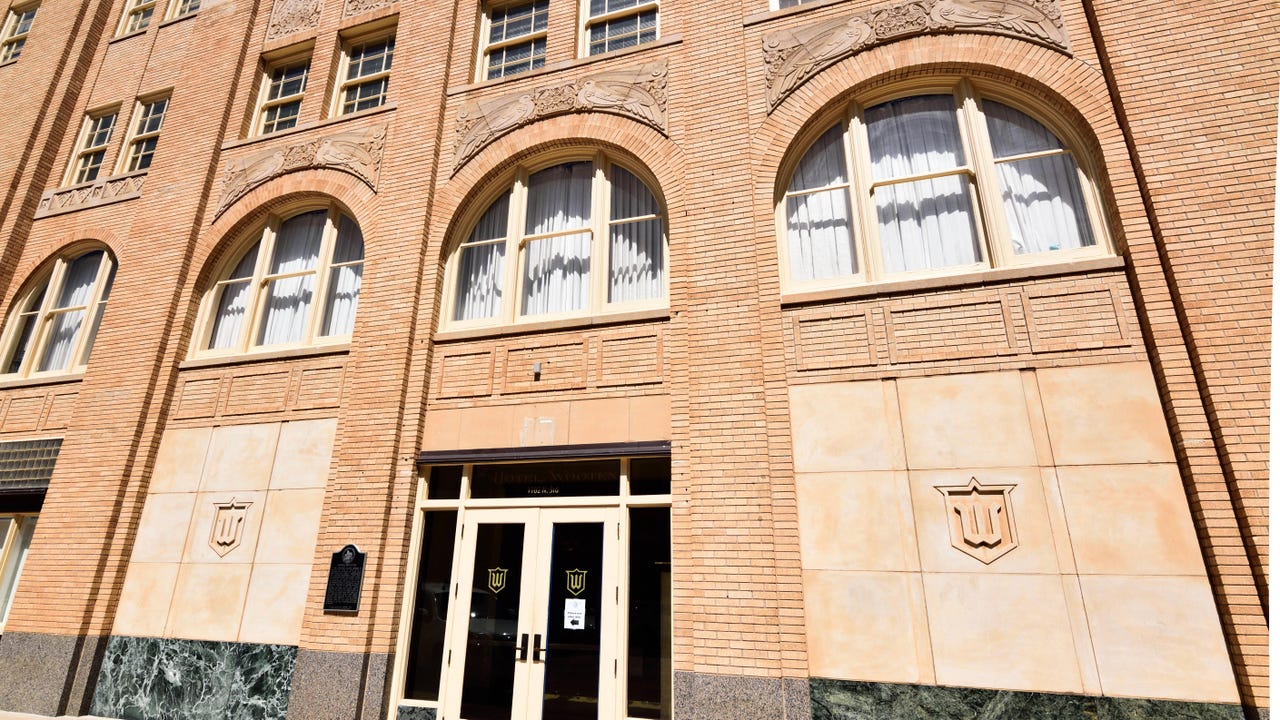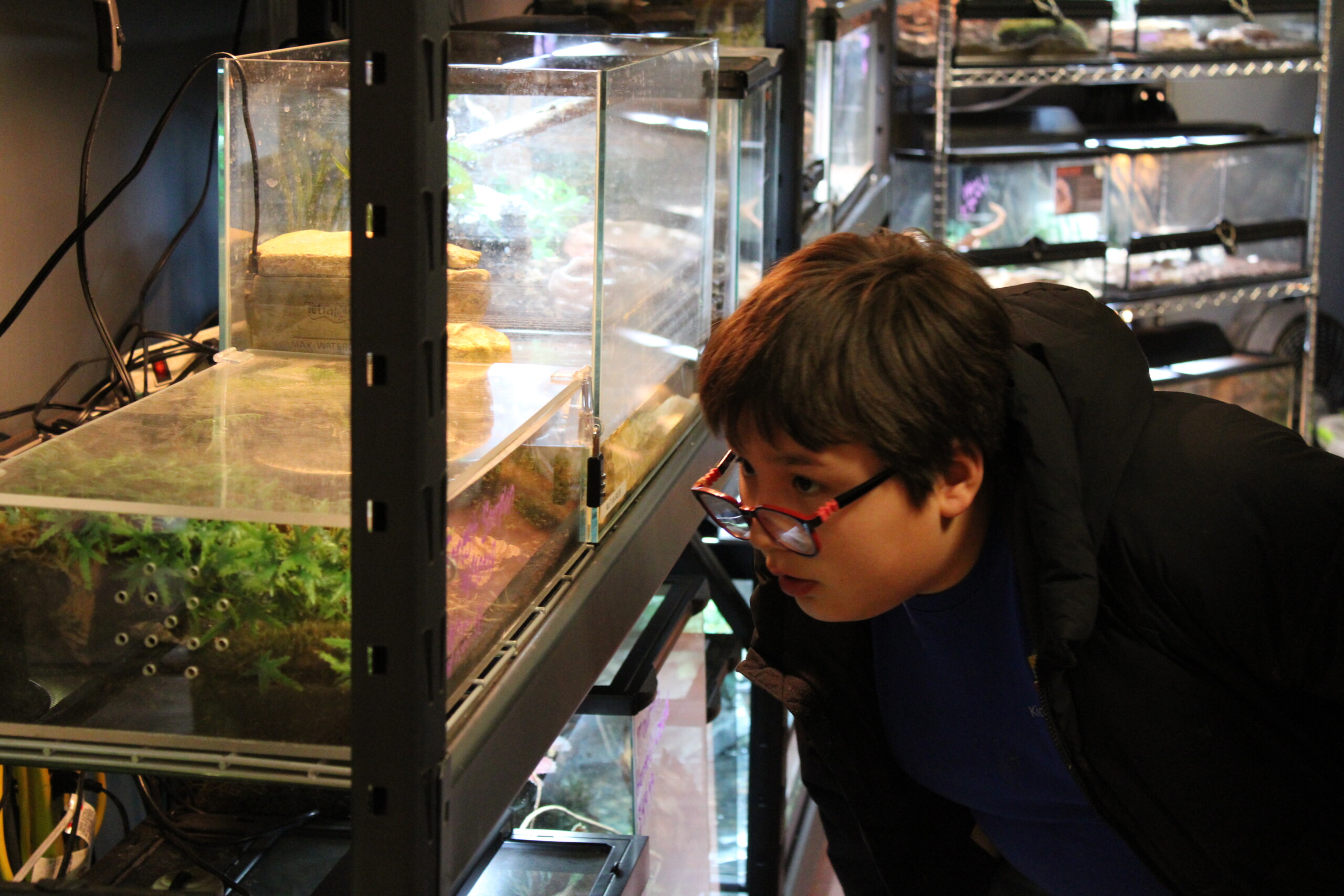A lifesaving midwife in Afghanistan: Noriko Hayashi’s best photograph
‘This woman was nine months pregnant but had never had a checkup. Anisa is listening to the baby’s heartbeat with a stethoscope. After foreign aid cuts, including Trump’s, she is now out of a job’My home country, Japan, is one of the safest places in the world to give birth: it has one of the very lowest mortality rates in Asia. A few years ago I had the opportunity to work on a story about midwives in Japan, and I became very interested in their role. In November 2023 I travelled to Badakhshan province in the northeast of Afghanistan, the country with the highest maternal mortality rate in Asia. I wanted to meet midwives there and see how they support women.The Badakhshan province is far from Kabul, with rugged terrain and poor transportation and medical infrastructure. In winter, heavy snowfall blocks roads for months. Women who are about to give birth are sometimes carried on donkeys escorted by family members or neighbours on multi-day trips to clinics. The literacy rate for women there is extremely low compared with other provinces – less than 10% – which is partly why there’s a serious shortage of midwives. This combination of geographic, social and cultural factors means there are often delays responding to emergencies, and deaths from complications like excessive bleeding or infection, which might otherwise have been preventable. Continue reading...

‘This woman was nine months pregnant but had never had a checkup. Anisa is listening to the baby’s heartbeat with a stethoscope. After foreign aid cuts, including Trump’s, she is now out of a job’
My home country, Japan, is one of the safest places in the world to give birth: it has one of the very lowest mortality rates in Asia. A few years ago I had the opportunity to work on a story about midwives in Japan, and I became very interested in their role. In November 2023 I travelled to Badakhshan province in the northeast of Afghanistan, the country with the highest maternal mortality rate in Asia. I wanted to meet midwives there and see how they support women.
The Badakhshan province is far from Kabul, with rugged terrain and poor transportation and medical infrastructure. In winter, heavy snowfall blocks roads for months. Women who are about to give birth are sometimes carried on donkeys escorted by family members or neighbours on multi-day trips to clinics. The literacy rate for women there is extremely low compared with other provinces – less than 10% – which is partly why there’s a serious shortage of midwives. This combination of geographic, social and cultural factors means there are often delays responding to emergencies, and deaths from complications like excessive bleeding or infection, which might otherwise have been preventable. Continue reading...







































































